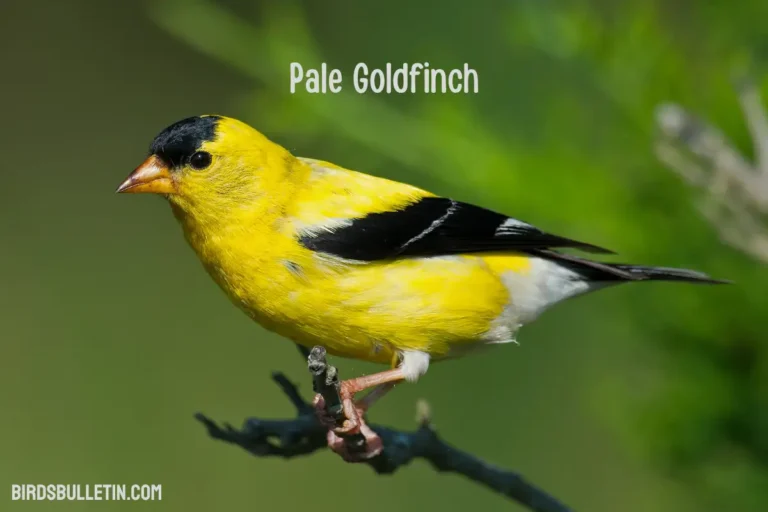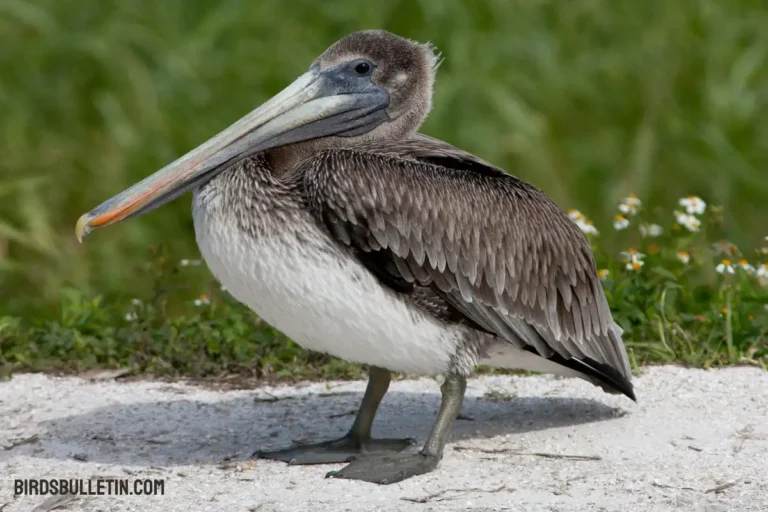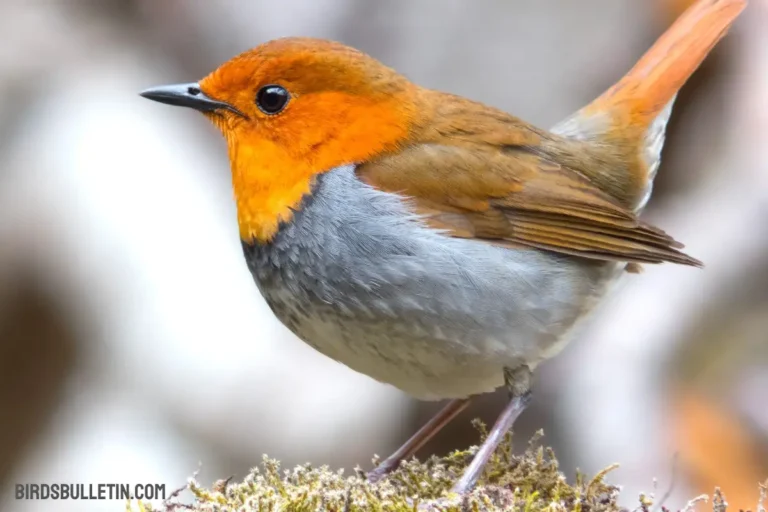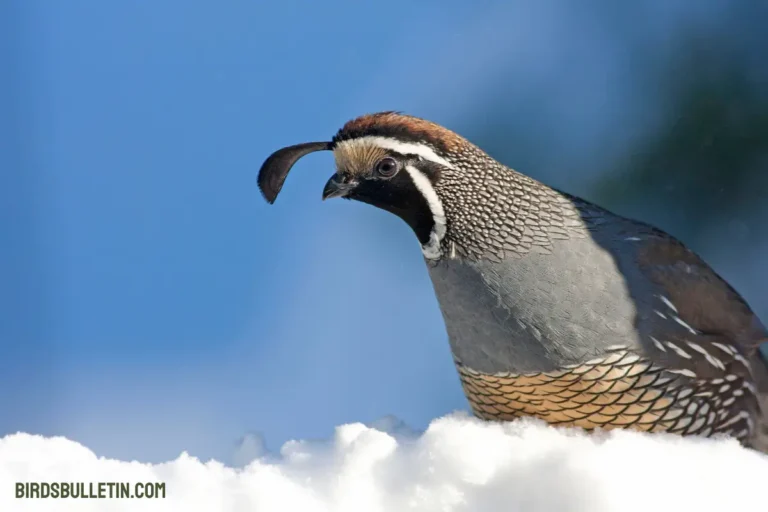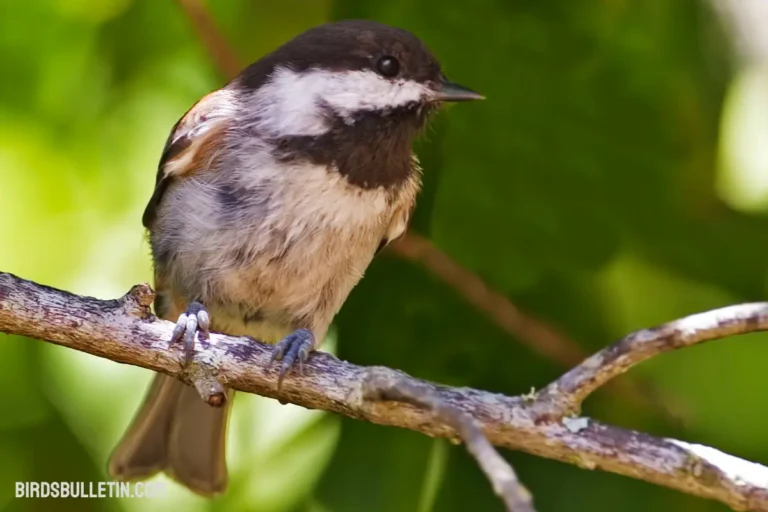Callipepla Californica Brunnescens
This bird is known as the chestnut-backed California quail. It’s a subspecies found along the northern California coast. First described in 1884, it is distinguished by its rich chestnut-colored back plumage.
It inhabits forests and dense coastal scrub. Though locally common, its limited range makes it vulnerable to habitat loss.
Looking for more overview about bird subspecies:
Scientific Classification
- Kingdom: Animalia
- Phylum: Chordata
- Class: Aves
- Order: Galliformes
- Family: Odontophoridae
- Genus: Callipepla
- Species: Callipepla californica
- Subspecies: Callipepla californica brunnescens (Ridgway, 1884)
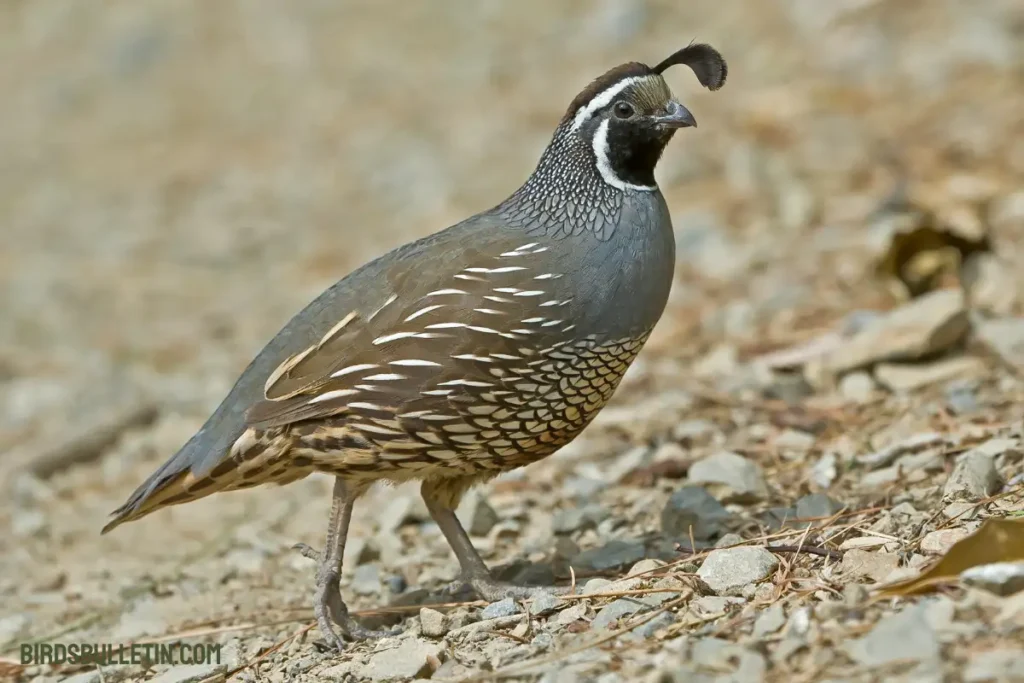
Identification
Similar to other California quail but has a rich chestnut brown back plumage. It has a gray underside, a black face outlined in white, and a forward curving head plume. Males have a black throat. It is lighter in color than the valley subspecies.
Location
This subspecies is native to the extreme northern coastal regions of California, extending down to southern Santa Cruz County. It thrives in diverse habitats, ranging from coastal woodlands to brushy areas, showcasing its adaptability to various environments within its specific geographical range.
Interesting Facts
Prefers habitat with thick vegetative cover such as chaparral and woodlands.
Lives in coveys of 10-30 birds outside of breeding season. The male establishes a breeding territory in spring and attracts a mate with its calls.
Nests on the ground are concealed by overhanging vegetation. Lays 6-15 eggs.
Forages on seeds, berries, leaves, and some invertebrates. Needs access to water.
Status
C. c. brunnescens has a limited range in coastal northern California. The population is likely less than 10,000 mature individuals but appears stable currently. Habitat loss is the main threat. IUCN Red List categorizes it as Near Threatened.
Conservation of Natural Habitat
Threats include urbanization, agricultural conversion, and fire suppression reducing habitat. Protecting the remaining coastal scrub and chaparral habitat is vital. Providing cover, nesting areas, and food sources through habitat management can aid recovery. Supplemental feeding and predator control may also help.
Frequently Asked Questions
1. What is the most significant threat facing this subspecies?
The greatest threat facing the chestnut-backed California quail is habitat loss and degradation due to human activities like urban development, agriculture, and fire suppression.
2. How does its habitat use differ from other quail?
This subspecies prefers dense chaparral and woodland habitats, unlike other California quail that thrive in more open grasslands and scrub.
3. What can be done to help conserve this subspecies?
Protecting remaining natural habitats from destruction and fragmentation is key. Habitat restoration through plantings and managed burns can mimic natural conditions. Predator control, supplemental feeding, and nest protection can also aid conservation.
Summary
The chestnut-backed California quail is a particular subspecies limited to the northern California coast. With a relatively small population dependent on specific habitat types, conservation efforts focused on protecting and managing coastal scrub and chaparral habitat are necessary to ensure the long-term survival of this quail.


